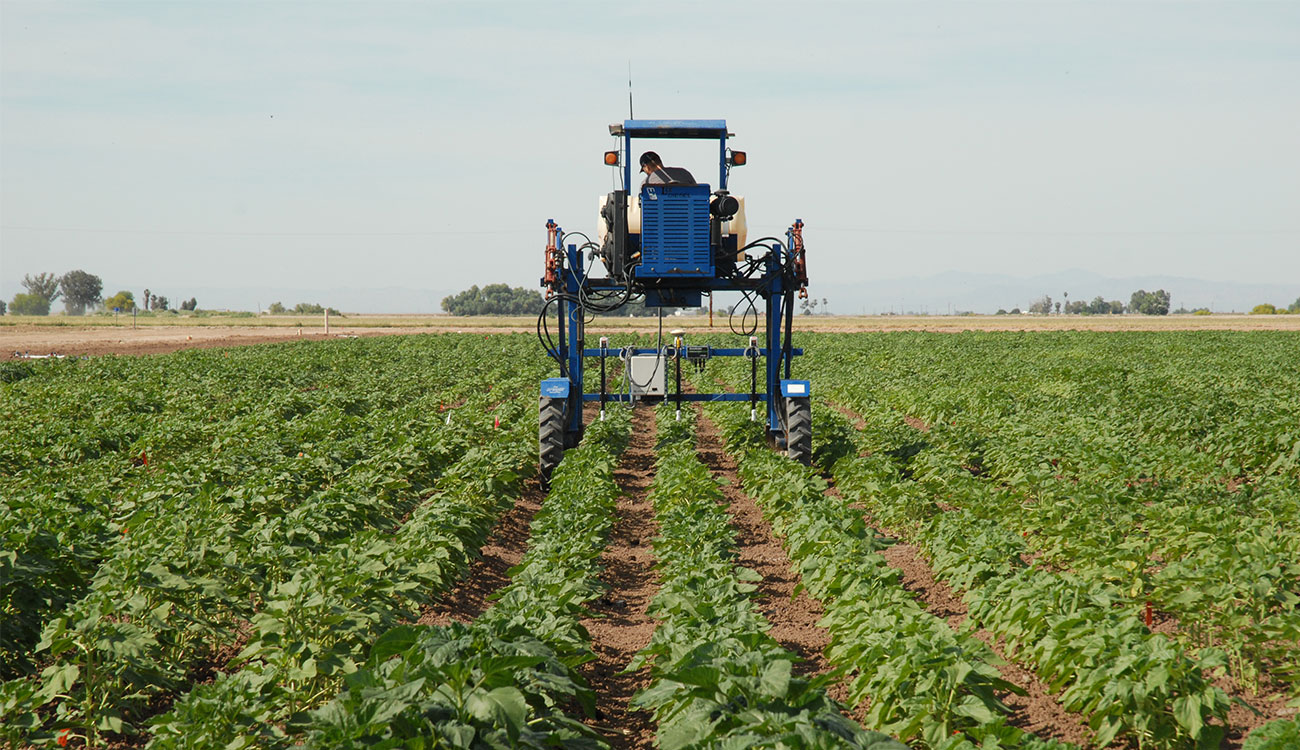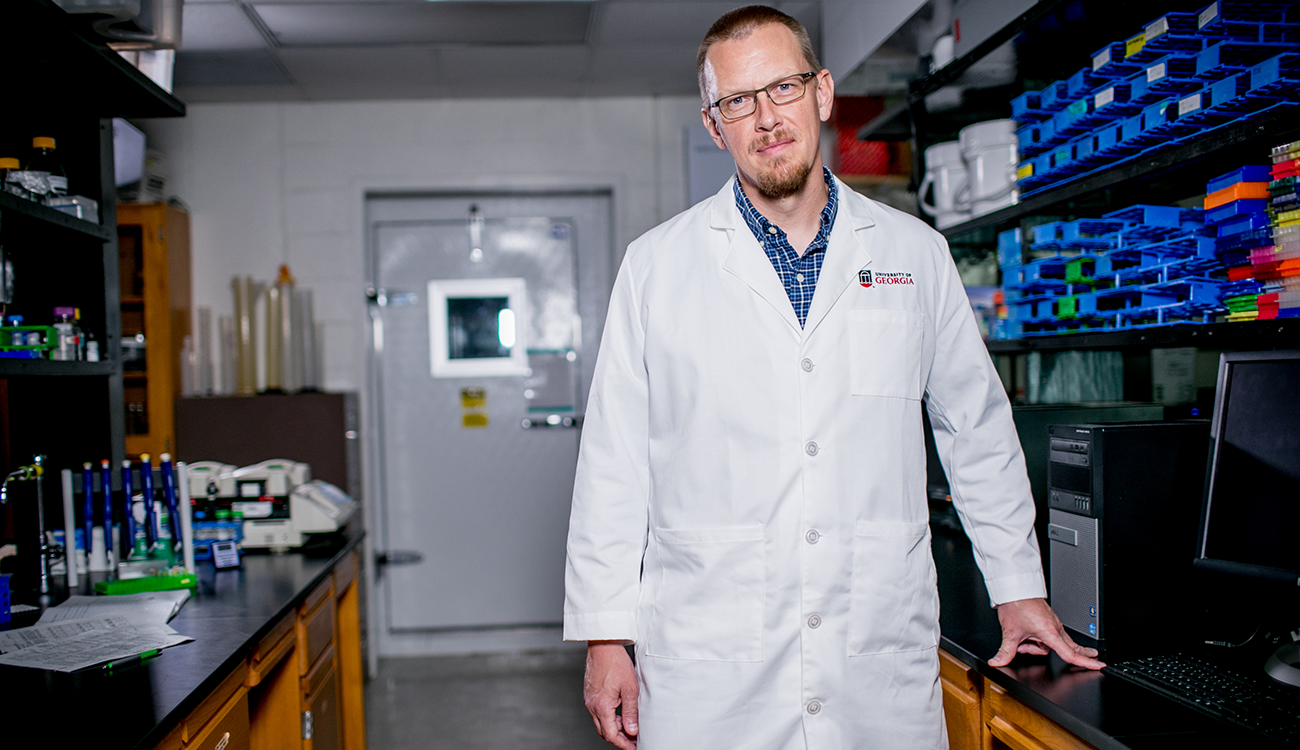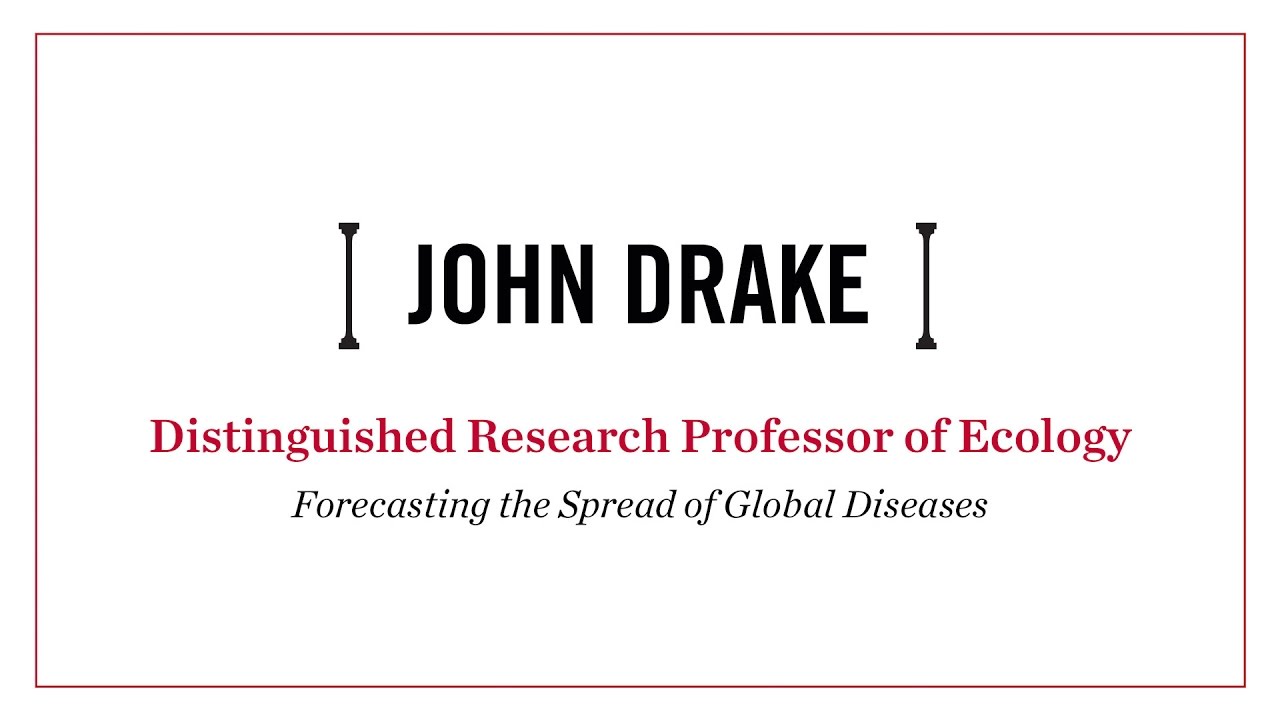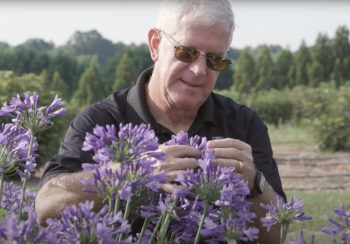John Burke has always known people with a passion for science.
Growing up in Minnesota with a science teacher for a father, Burke spent his free time exploring the outdoors and collecting snakes, salamanders, and turtles with his two older brothers. All three would go on to pursue careers in science.
Burke continues the family business as a Distinguished Research Professor and head of the Department of Plant Biology in the University of Georgia’s Franklin College of Arts and Sciences. There, his lab focuses on the wild and cultivated sunflower.
“Sunflowers are a really interesting crop to study,” Burke said. “Aside from the fact that they’re a very charismatic plant, they’re also one of the world’s most important oilseed crops.”
Burke took an interest in research during his undergraduate career while studying genetics and cell biology. Interested in learning more, he began cold calling labs to see if they were hiring. Eventually, he connected with a professor who had space in his lab studying flour beetles.
“I hadn’t had a genetics course yet, so the professor in charge of the lab basically paid me to do routine work around lab,” he said. “From there, I got a few more courses under my belt and began to transition into more independent research.”
It was in graduate school that Burke’s interests turned toward plants and he would go onto pursue a doctorate in plant genetics at UGA.
“UGA has such a strong plant sciences program,” Burke said. “It’s one of the few places in the world with this much high-quality plant science research.”
It was in his post doctorate career at Indiana University where Burke would go on to find his main research focus.
Secrets of sunflowers
At the beginning of his post doctorate career, he discovered the versatility of the sunflower and how its role has changed throughout human history. Over 4,000 years of cultivation, sunflower varieties have served multiple purposes: Sunflowers are used both as food, such its seeds being eaten as a snack or baked into cakes, and for ceremonial purposes, with some cultures crushing petals for paints and dyes.
It wasn’t until the early 1900s that the sunflower became an oil seed crop, which is its most widespread use today.
“The oilseed varieties make up majority of the sunflower market, and a large part of that is because they’re considered one of the healthiest sources of vegetable oil,” Burke said.
Sunflowers posed many interesting biological questions to Burke when he was a young graduate student. There were scientific insights, he thought, to be gained from continuing to study the plant—which is exactly what he did.
Burke would continue his academic career at Indiana and Vanderbilt universities but jumped at the chance to return to Athens when the opportunity arose.
Today, his lab studies the response to abiotic stress in sunflower, including drought, salinity and low nutrient stress. He and his team conduct molecular research to see how the sunflower—and plants in general—stay resilient under stressful conditions. What they learn could be used to improve sunflowers’ hardiness.
One of Burke’s most well-known studies focuses on Vincent van Gogh’s series of sunflower paintings, published 12 years ago in the journal PLoS Genetics. In the study, Burke’s team identified the genetic mutation responsible for the unique sunflowers depicted in the famous painter’s works.

Sunflowers have a composite flower head that typically contains a single whorl of large, flattened, yellow ray florets on the outer perimeter and hundreds to over a thousand tubular disc florets that can produce seeds. However, in the double-flowered mutants that van Gogh depicted in many of his paintings, the disc florets are converted into yellow ray-like florets.
“We wanted to know the genetic basis of this trait because, aside from the historical aspect, we know the flower head is important in influencing pollinator behavior,” Burke said. “As we dug into it, we were actually able to identify the underlying gene.”
After screening 100s of sunflower varieties, Burke’s team confirmed the mutation in the HaCyC2c gene. In more common varieties, there was no mutation, but the double-flowered varieties have a mutation that changes when and where this gene is expressed.
The study was picked up by multiple press outlets for both the scientific and historic breakthroughs it presented.
Paying it forward
Beyond the research, Burke cites working with his students and postdocs as the most enjoyable and rewarding part of his job.
“You can’t do all the work yourself, and we have a lot of big projects that require a lot of hands. They’re really the ones doing that boots-on-the-ground research. Most of our ongoing projects are staffed by postdocs, graduate students, and even some undergraduate students,” Burke said. “It’s rewarding to facilitate the success of others and see them move on to the next career stage.”
As someone who started his research career during his undergraduate years, Burke highly encourages undergrads to seek out a laboratory that might be doing work that interests them.
“Students are all different and they thrive under different types of mentorship or training environments,” he said. “There’s a lot of variation lab to lab when it comes to scientific questions and a person’s research style or personality. You want to be working on something you’re passionate about, but also working in the right environment.”






